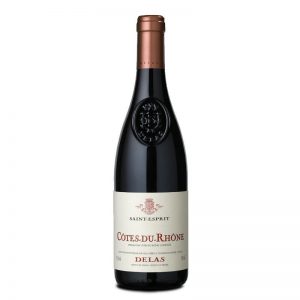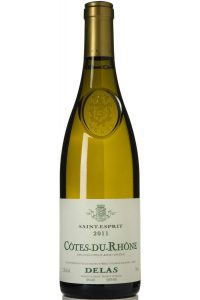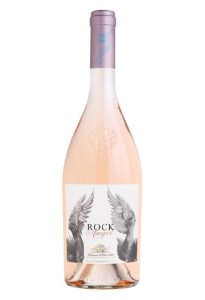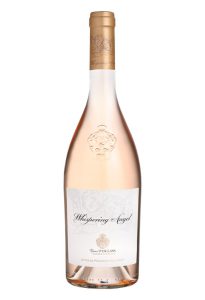Grape Varieties
Dried grapes of Merlot 40%, Corvina 30%, Croatina 30%
Vinification
The Merlot and Corvina grapes, selected and hand harvested with great care, are then left to dry for 1 month into wooden trays in the Fruttaio. Here, thanks to the dry and well ventilated environment where the humidity level is carefully controlled, the grapes loses around 30% of their water content and gain high sugars concentration. The vinification process takes place in separate steel tanks at controlled temperature of 25-28°C for 20 days. Maturation in large cherry barrels (at second use) for 3 months. Afterwards the grapes are blended and malolactic fermentation follows to harmonize and soften the wine.
Style
Deep ruby red in colour. The nose has intense aromas of red berries with hints of spices. The palate is balanced with velvety tannins, and it has a soft and round finish.










